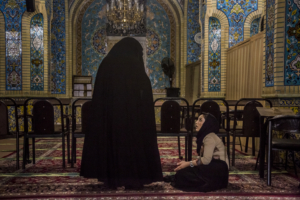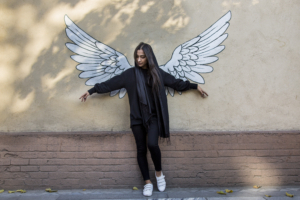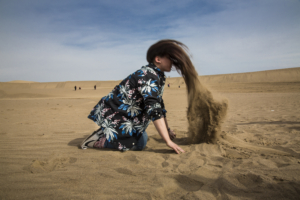The Fall of the Veil
Nuria López Torres
The political model established by the Islamic Revolution, which declared victory in 1979, has been a unique experiment in which religion—in this case, Shia Islam—has sought to shape a society of eighty million people according to the aesthetic, behavioral, and ideological standards professed by its leaders, who are predominantly older men. The masculine, patriarchal, and religious perspective has defined women’s lives and their relationship with their bodies, sexuality, and feelings for over 40 years.
The small and large battles women have fought to obtain their rights have become one of the most hated enemies of the Islamic Republic. For those loyal to the system, the veil not only protects women’s morality but is also one of the pillars of the Islamic Republic.
In recent years, more and more women in Iran are defying the strict Islamic dress codes and turning the veil, which is supposed to cover their hair, into a weapon for claiming their rights and freedoms.
The death of 22-year-old Mahsa Amini at the hands of the morality police for not wearing her hijab correctly has sparked protests in Iran unseen since 2009. A significant portion of the younger Iranian society has taken to the streets, eager for freedom and change. Despite the severe repression the government has been exerting against women, particularly focused in recent months on young women and teenagers, they continue to seek forms of expression and spaces of freedom.




